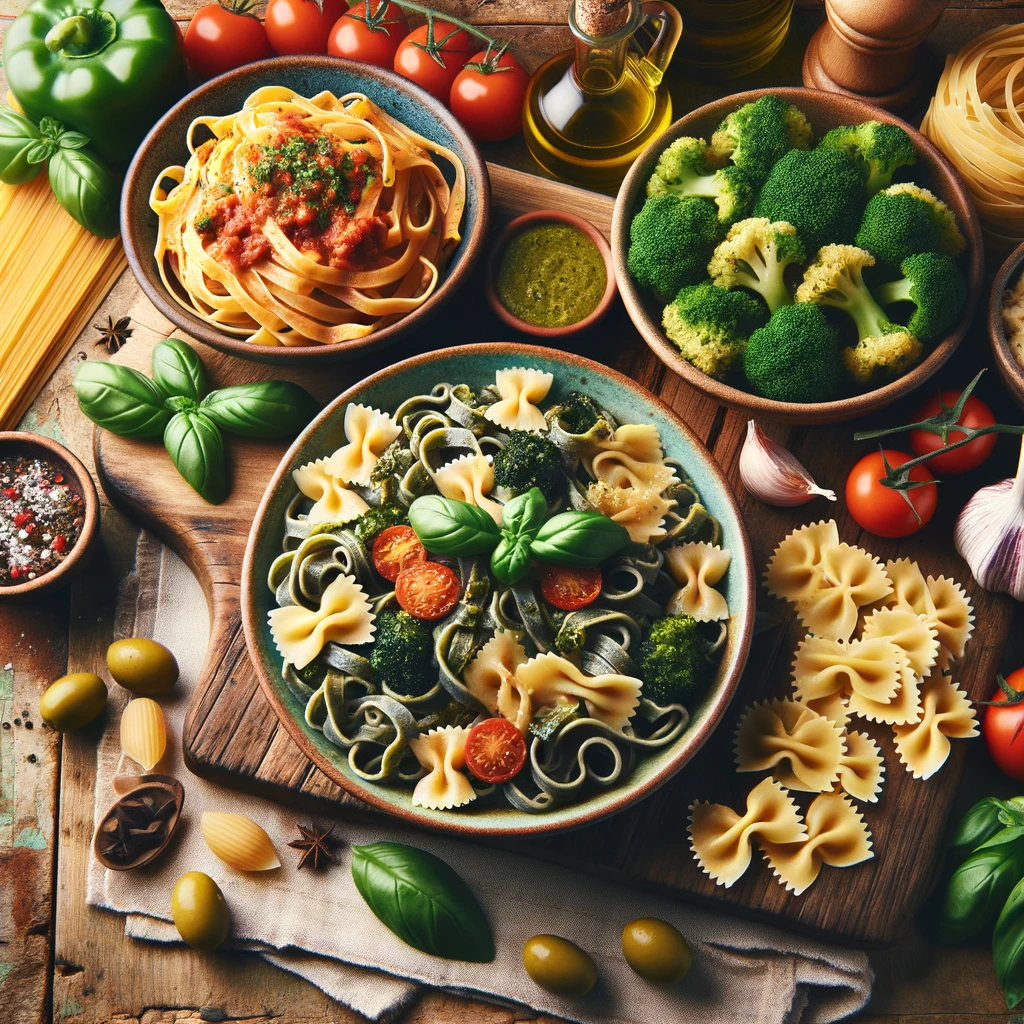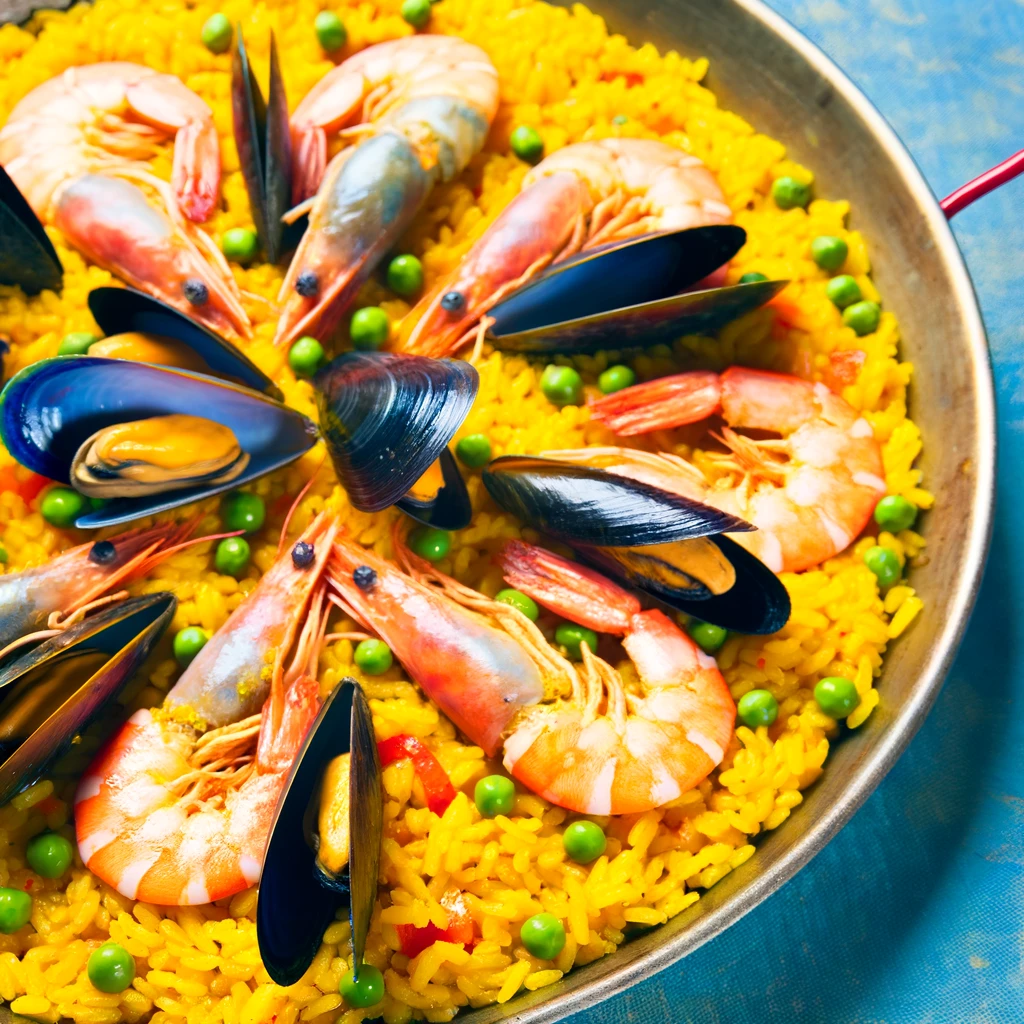Pasta, one of Italy’s most celebrated culinary exports, has evolved into countless forms and flavors that have captivated taste buds worldwide. While many associate pasta with the classic spaghetti and meatballs, the journey of pasta is a tale rich in history, filled with traditions, innovations, and global adaptations.
A Brief History of Pasta
Pasta’s origins in Italy date back to ancient times. The Etruscans, one of Italy’s earliest civilizations, made pasta by grinding various cereals and grains, then mixed them with water, forming a dough which was later cooked. However, it was Marco Polo’s travels to China in the 13th century that popularized the narrative of pasta being introduced to Italy from the East. This theory, while widespread, has faced scrutiny, with evidence suggesting that pasta was already a staple in Italy before Marco Polo’s expeditions.
The Diverse World of Italian Pasta
From the silky strands of capellini to the stuffed delights of ravioli, Italy boasts over 350 different pasta types. Each region has its signature pasta dishes, showcasing local ingredients and culinary traditions.
- Puglia offers the ear-shaped orecchiette, typically paired with broccoli rabe and chili.
- Liguria is famed for its trofie, often served with a fragrant basil pesto.
- Emilia-Romagna, the birthplace of egg pasta, gifts the world with lasagne and tagliatelle al ragù.
Pasta’s Global Journey
As Italians migrated across continents, they brought along their cherished pasta recipes, leading to a global proliferation of Italian pasta dishes. In the United States, spaghetti and meatballs became a staple, despite it not being a traditional Italian dish. Argentina embraced ñoquis (gnocchi), making it a monthly culinary celebration. Meanwhile, in Japan, pasta integrated with local flavors, birthing unique dishes like mentaiko spaghetti.
Modern Innovations and Health Trends
With the rise of dietary needs and health trends, pasta has seen adaptations. Whole wheat, quinoa, and gluten-free variations cater to health-conscious consumers. Additionally, vegan and plant-based pastas, incorporating ingredients like lentils and chickpeas, have emerged, aligning with the global shift towards sustainable eating.
Conclusion
Italian pasta’s journey, from its humble beginnings in ancient Italy to its global culinary domination, is a testament to its versatility and timeless appeal. As we savor our next pasta dish, may we appreciate the rich tapestry of history, culture, and innovation that has shaped this beloved food.



